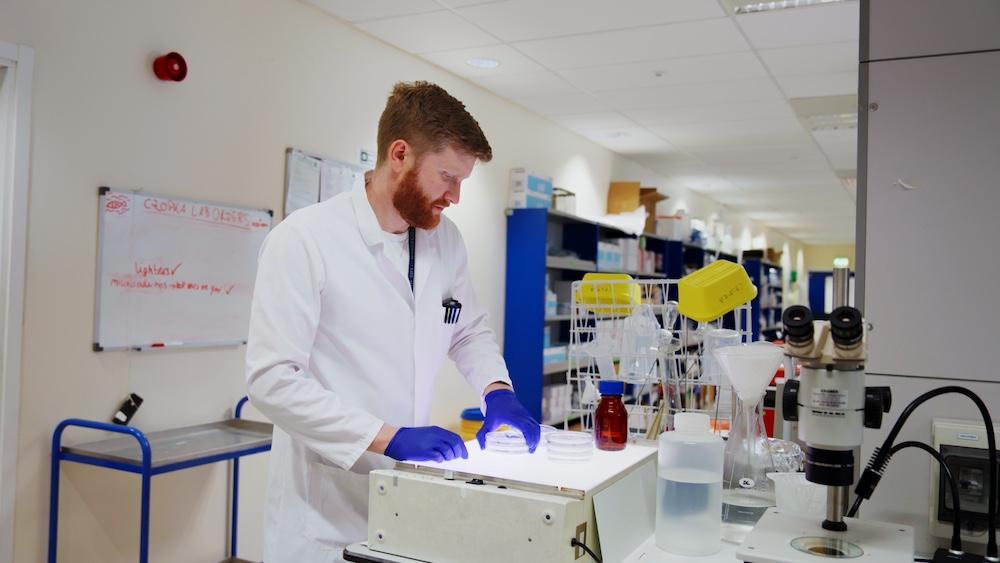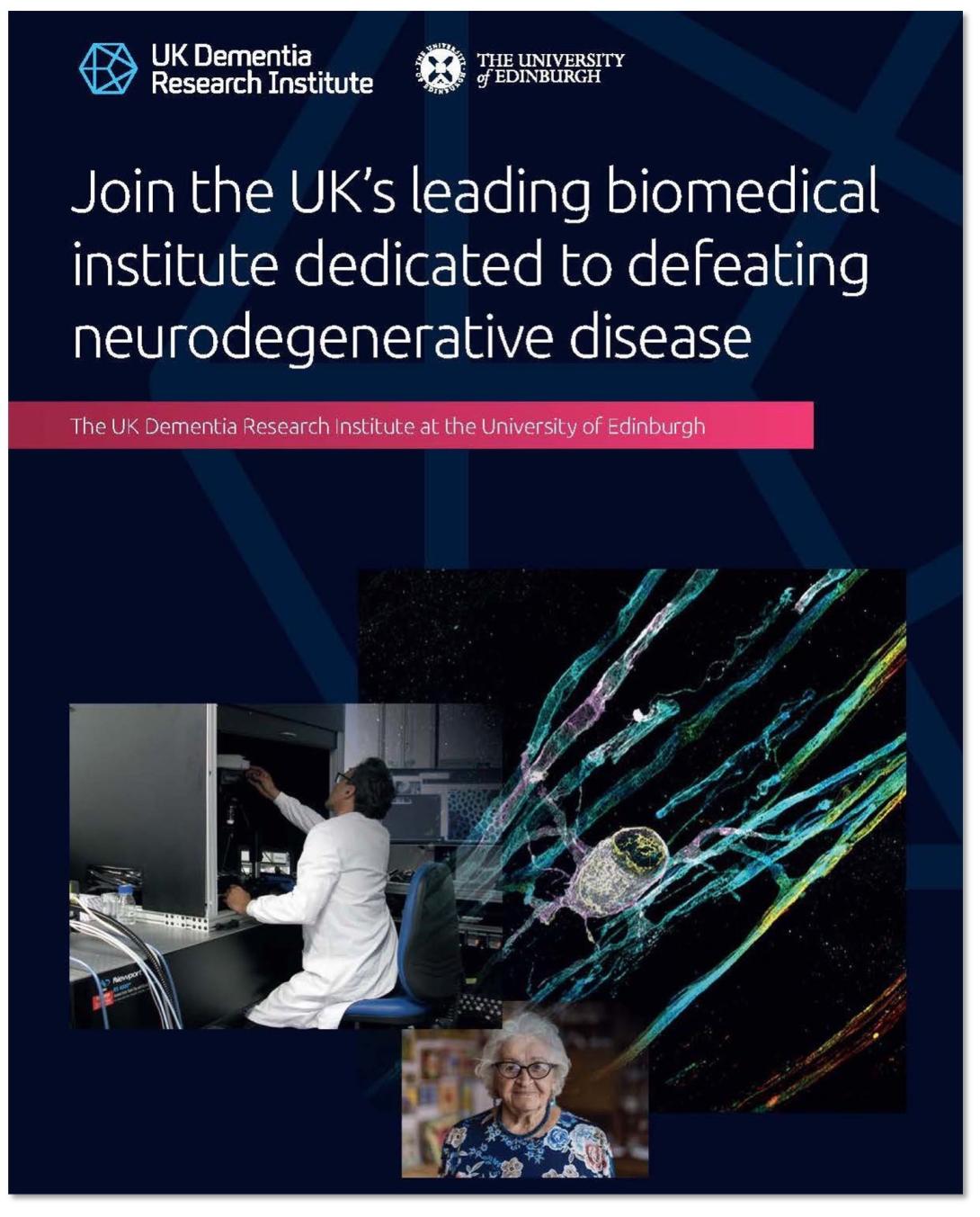Vacancies
-
Key details
- Location UK DRI at Edinburgh
- Salary: This opportunity is open to UK and international students and provides funding covering stipend and UK level tuition fees. The University of Edinburgh covers the difference between home and international fees meaning that the EASTBIO DTP offers fu
- Lab: Dr Blanca Diaz-Castro, Dr Lorena Arancibia
About the Project
Astrocytes are exceptionally branched cells that tile the brain to maintain its homeostasis1-3. Astrocytes are strategically positioned as a bridge between the brain vasculature and parenchyma4, exhibiting specialised subcellular compartments that interact with distinct brain components5. Around the vasculature, they enwrap ~90% of the brain vascular tree through structures called astrocyte endfeet that mediate important roles such as nutrient and hormone uptake and processing, blood-flow regulation, toxic brain by-products clearance, and blood-brain barrier maintenance2,6,7. Despite the importance of endfoot functions for vasculature-brain interactions, our understanding of the molecules mediating its functions is remarkably limited.
We have developed new tools to define the astrocyte endfoot proteome in the mouse cortex with high level of depth and specificity (Hill, Bravo-Ferrer et al. Nat Comms in Press). This research has opened up new opportunities to better understand the functions of astrocyte endfeet. While we know astrocyte endfeet are molecularly specialised in comparison to other parts of the astrocyte. It remains to be understood the mechanisms that drive this specialisation. In this project we will:
1- Determine which endfoot proteins are locally translated
We will identify if specific types of endfoot proteins are translated in the cell body or locally, in the endfoot, using RNA in situ hybridization, RNA sequencing, and proteomics.
2- Establish if the endfoot protein composition differs between brain regions or vessel types.
Astrocytes are molecularly diverse across brain regions8, and vascular cells differ depending on the vessel type9. It is likely that endfeet are diverse as well, but this has not been directly tested so far. We will perform cell and region specific proteomic to determine if this is the case.
3- Investigate how endfoot diversity correlates with their surrounding environment.
We will define the proteome of vascular cells along the vascular tree and assess if the endfoot functions relate to the ones of their neighbouring vascular counterparts. Moreover, we will assess if endfoot diversity and its potential relationship with the neighbouring cells are affected by acute or chronic insults.
This project will leverage our recent discoveries and generate new methods to better understand astrocyte endfoot diversity and the mechanisms by which astrocyte endfeet become a molecularly specialised compartment.
Training:
The PhD student will be co-supervised by experts in spatial proteomics (Lorena Arancibia Cárcamo) and astrocyte biology and subcellular proteomics (Blanca Díaz Castro) to master highly specialised molecular biology techniques and investigate the mechanisms that determine the astrocyte endfoot molecular composition.
Training and staff networks

The University of Edinburgh provides academic and technical staff with a range of professional development courses and resources. There are specific resources aimed at early career researchers, technicians, and professional services staff.
Researchers and staff can take part in a range of networks, including a Disabled Staff Network, the Edinburgh Race Equality Network (EREN), a Staff BAME Network, a Staff Pride Network, and more. Find out more on the university website.

